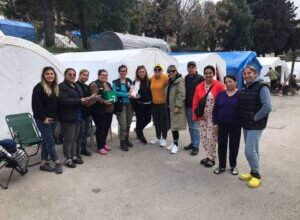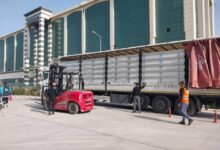
The food security situation has been on a worsening trend in the Arid and Semi-Arid (ASAL) counties in Kenya attributed mainly to the poor performance of the OctoberDecember 2020 short rains and the MarchMay 2021 long rains. Both seasons were characterized by late onsets, below average cumulative quantities, and poor distribution both in time and space. The latest National Drought Early Warning Bulletin reports twelve counties namely Marsabit, Mandera, Garissa, Wajir, Kilifi, Tana River, Makueni, Lamu, Samburu, Kitui, Isiolo and Laikipia are in the alert drought phase as of July 2021. The OCHA humanitarian snap shot for August reports more than 2.1 million people in the Arid and Semi-Arid Lands (ASAL) of Kenya are severely food insecure, following two consecutive poor rainy seasons that have hampered crop production. This represents an increase of about 70 per cent since February 2021, when an estimated 1.4 million people (10 per cent of the population in ASAL counties) were classified in Crisis (IPC 3) or worse levels of food insecurity, according to the Integrated Food Security Phase Classification analysis. In addition, the Kenyan Meteorological Department projected third consecutive poor rainy season (October – December – short rains) will result in below-average harvests and worsening livestock conditions in northern and eastern Kenya.
As the situation further deteriorates, the President of the Republic of Kenya declared the drought as a national disaster on Wednesday, 08 September 2021. It’s reported that the National Treasury and the Ministry of Interior and Coordination of National Government have been instructed to spearhead Government efforts to assist the affected households including water and relief food distribution as well as livestock uptake.
Resilience is significantly weakened through damage to household economies and health as people are forced to engage in negative coping strategies to overcome acute food insecurity. In addition to the poor performance of the rainy season, other drivers of acute food insecurity include the recurrent droughts, COVID-19 pandemic and related effects, conflict and insecurity, pests and diseases, all of which drive up the staple foods and livestock prices.
Source: IFRC







